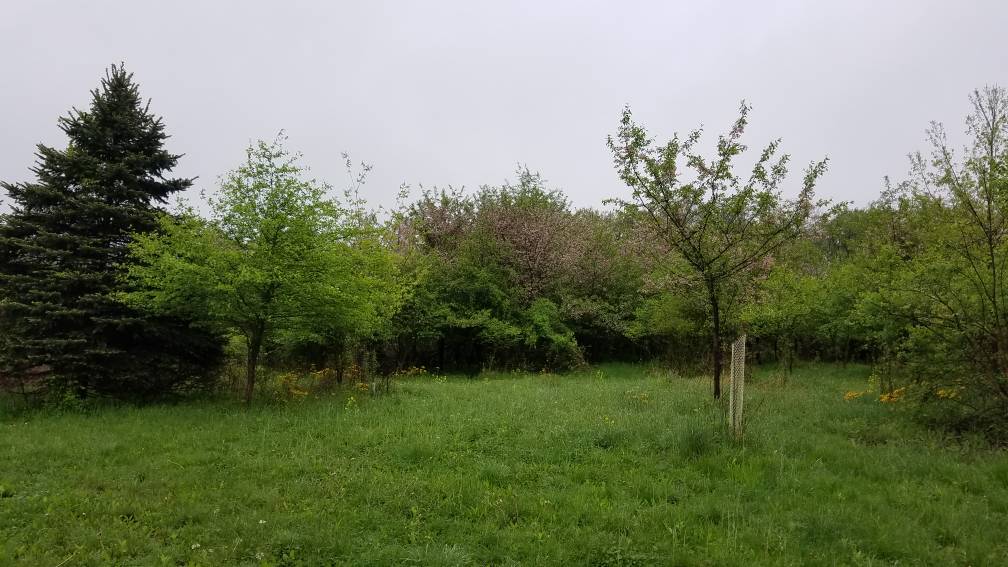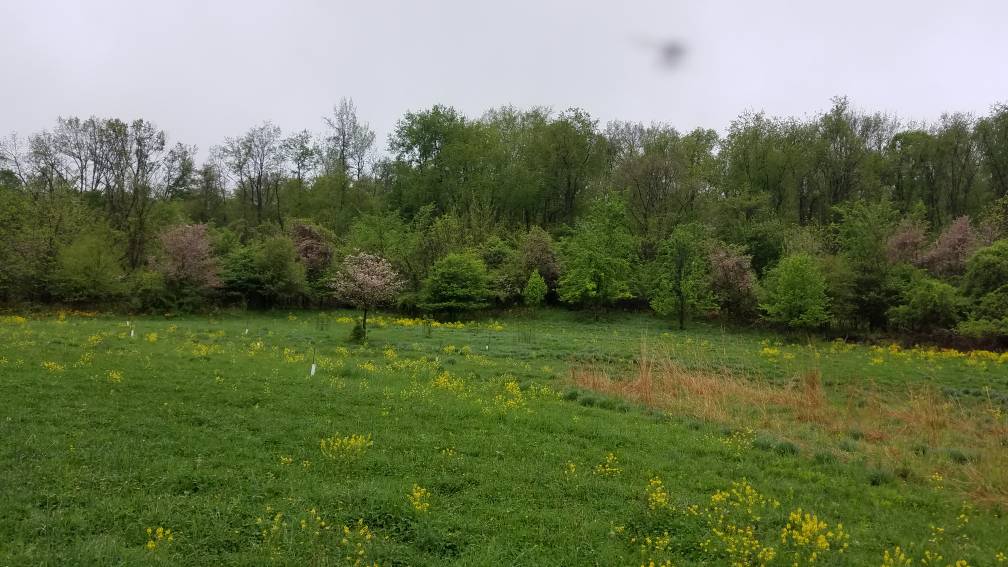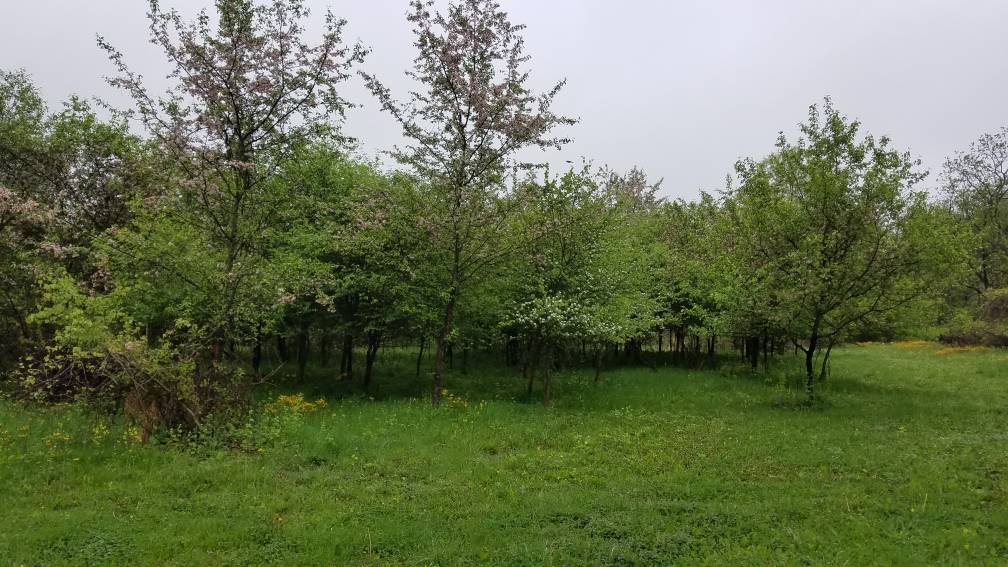Tap
Well-Known Member
The flowering period is a great time to locate wild mast trees. In our area, we are in the peak season for apple, crab, Hawthorn, and Dogwood blooming. We are slightly past the pear bloom. Depending on your latitude, you may be already past the bloom stage and in other more Northerly areas, it may not have happened yet.
Individual trees are super easy to locate during the flower stage. A soft met tree full of blooms sticks out like a sore thumb among the surrounding cover.
It's pretty amazing how soon after the bloom that tiny fruits begin to show. It happens fast...in just a couple weeks.
It's a good time to notice where they are, either for maintenance purposes, stand locations, or just even discovering that these trees even exist where you own or hunt.
Grapes and other smothering vines quickly blanket an otherwise producing mast tree. Im already finding vines on my wild trees that I thought I'd been keeping under control. Waiting until after the bloom makes it more difficult to identify mast trees that need some attention.
Some of these trees lurk for years and we don't even realize they are there. Sometimes it's because they are just now getting old enough to bear fruit, and other times, we don't realize they exist because they are choked out with vines or other competition. Learning their locations can show us where some TSI needs done, or where we need to plant a pollinator species, or where we want to hang a stand for early bow season. In our area, even apple trees that don't bear fruit are often preferred species for scrape trees and licking branches.
And if you do have soft mast trees that bloom, but never produce fruit, there is a good chance that there are no pollinator species close by. Planting something like a Dolgo next to a non-producing bloomer may be all you need to do to add a valuable food source.
Take notice of blooming trees.
Individual trees are super easy to locate during the flower stage. A soft met tree full of blooms sticks out like a sore thumb among the surrounding cover.
It's pretty amazing how soon after the bloom that tiny fruits begin to show. It happens fast...in just a couple weeks.
It's a good time to notice where they are, either for maintenance purposes, stand locations, or just even discovering that these trees even exist where you own or hunt.
Grapes and other smothering vines quickly blanket an otherwise producing mast tree. Im already finding vines on my wild trees that I thought I'd been keeping under control. Waiting until after the bloom makes it more difficult to identify mast trees that need some attention.
Some of these trees lurk for years and we don't even realize they are there. Sometimes it's because they are just now getting old enough to bear fruit, and other times, we don't realize they exist because they are choked out with vines or other competition. Learning their locations can show us where some TSI needs done, or where we need to plant a pollinator species, or where we want to hang a stand for early bow season. In our area, even apple trees that don't bear fruit are often preferred species for scrape trees and licking branches.
And if you do have soft mast trees that bloom, but never produce fruit, there is a good chance that there are no pollinator species close by. Planting something like a Dolgo next to a non-producing bloomer may be all you need to do to add a valuable food source.
Take notice of blooming trees.




